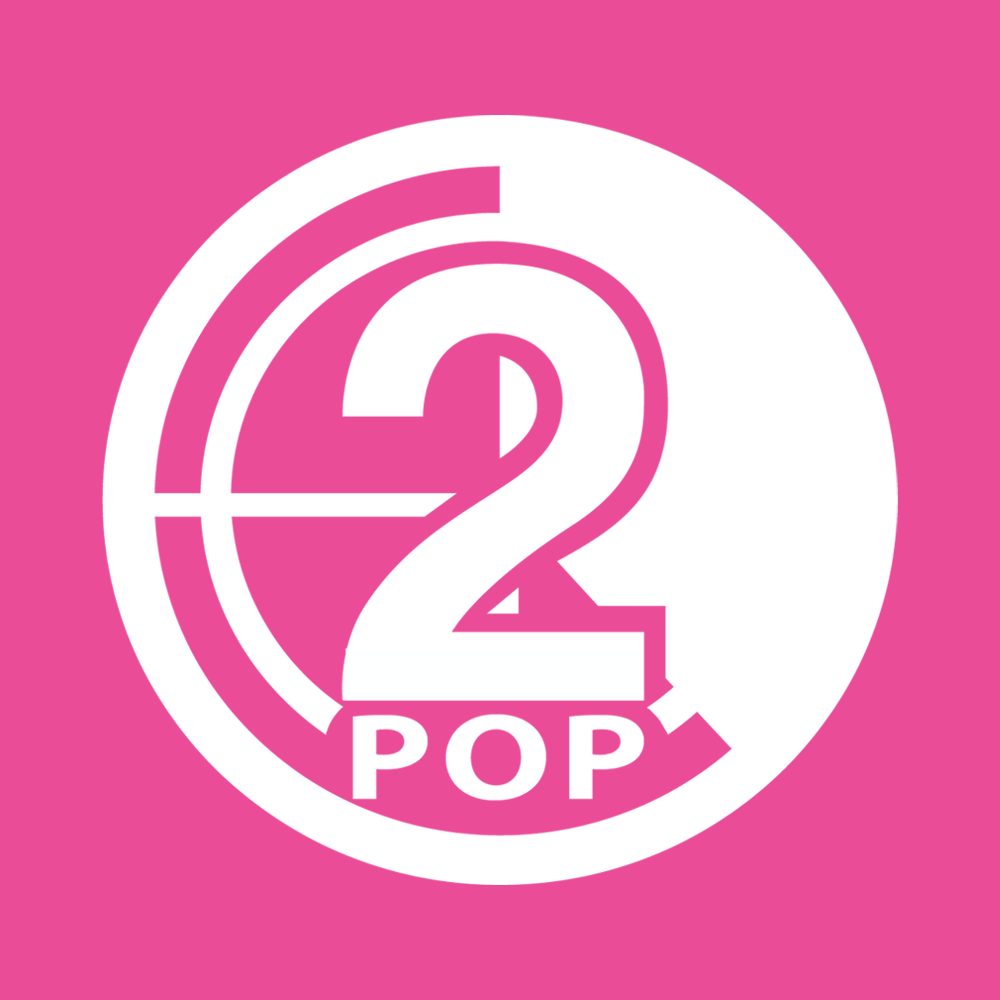Original Music
We strongly encourage you to consider using original music, composed specifically for your film. The advantages are numerous—from creative to rights—and there are many talented composers and musicians who offer their services to CalArts students. Generally, the expense is minimal and covers material costs. If you work with a composer, you should always have a written agreement. For a composer release, please see the contract/release section of this handbook.
Pre-recorded or Published Music
All previously published music or pre-recorded music must be cleared, regardless of how much or how little of that music is used in your project. Failure to get permission to use a piece of music opens you up to a potential lawsuit from the owners of the copyright. Keep in mind there are different rights associated with any piece of music. Those that you as a filmmaker need to be concerned with are:
- Synchronization Rights – are the rights to record music as a part of your film. They are usually controlled by one (or more) Publishers – gives you the right to use the underlying composition (song or melody) in timed synchronization with your picture.
- Performance Rights – getting this right allows you to recite, play, sing, dance or act out a piece of music.
- Master Use License – this is a contract to license a recording. It is usually controlled by a Record Company.
- Cue Sheets are the primary means by which performing rights organizations track the use of music in films and TV. Without cue sheets, it would be nearly impossible for such composers and publishers to be compensated for their work. An accurately filled out cue sheet is a log of all the music used in a production. Please see the Head of Production Services if a distributor is requesting a cue sheet.
To clear a pre-recorded piece of music you will need the following in writing:
- Performance & Synchronization License (from the publisher(s))
- Master Use License (from the Record company)
- Permission from the performer(s) or other third parties, as advised by either the publisher or record company.
- Maybe a Cue Sheet.
Example
If you have a character in your film hum, sing or whistle “Sympathy for the Devil” you will need to get the Performance rights from ABKCO Music, Inc.
If you want to use “Sympathy for the Devil” from the Rolling Stones CD (all or part) in your soundtrack you will need to get the Master Use License and Synchronization rights from ABKCO Music, Inc.
If you want to use “Sympathy for the Devil” from the Guns n’ Roses CD (all or part) in your soundtrack you will need to get the Master Use License from Geffen Records and the Synchronization rights from ABKCO Music, Inc.
The following companies can help you find out who owns the music you are interested in and also help with securing the proper rights. However, they do so for a fee.
The Cost of Licenses
The fees for the use of pre-recorded and/or published music are based on a number of factors including how the music will be used, the duration and the number of times the music will be used and where the film will be exhibited.
Sync fees usually run between $15,000 and $50,000 for commercial productions. Fees are always negotiable and not all record companies and music publishers charge the same amount. Students can negotiate reduced fees for educational screenings and film festivals.
